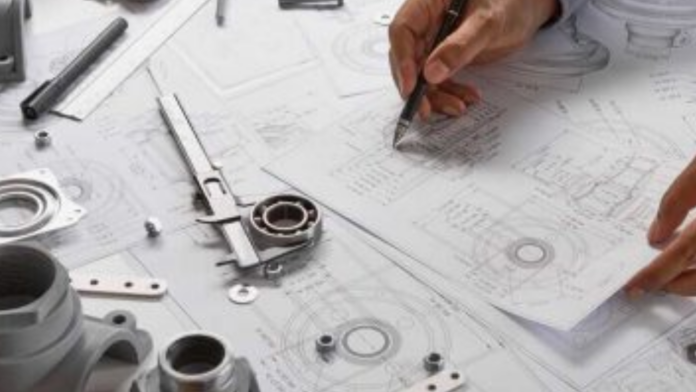Since ancient times, forging manufacturers have used the skill of forging to produce sturdy and long-lasting metal components. This time-honored method of metalworking has endured the test of time and is still an essential step for modern manufacture. This antiquated method is still used by CXIN Forging, a forging manufacturer to form their products.
Forging has benefits and drawbacks of its own, much like any other manufacturing process. The advantages and disadvantages of forging will be discussed in this essay, along with their importance and difficulties in the current industrial environment.
Advantages of Forging
Superior Strength and Durability
Due to the carefully controlled deformation of metal under intense pressure, forged components have excellent strength and endurance. During forging, the metal’s grain structure is improved, leading to improved mechanical characteristics and resistance to wear and fatigue. As a result, forged parts are perfect for uses that call for high load-bearing capacities.
Excellent Material Properties
The inherent qualities of the metal, such as its mechanical properties and grain structure, are preserved during forging. Forging makes sure that the final components retain the specified qualities, as opposed to casting or machining, where material properties might be changed, which improves their overall performance and dependability.
Enhanced Metallurgical Integrity
Compared to other production processes, the forging process yields components with higher metallurgical integrity and fewer flaws. Forged parts are more dependable and safe since they don’t have internal voids or porosity, which makes them appropriate for demanding uses in aerospace, automotive, and other sectors.
Cost-Effective for High-Volume Production
Due to its effectiveness in shaping metal with little waste, forging is a financially viable option for high-volume production. Large-scale manufacturing can save time and money by using near-net shape components instead of ones that require substantial machining. This high-volume product can make this process even better than casting or any other method.
Numerous Material Compatibilities
A variety of materials, including carbon steel, alloy steel, stainless steel, aluminum, and more, can be forged. Because of its adaptability in working with various metals, producers can meet the demands of many industries and create components with particular material qualities.
Design Flexibility
Forging allows manufacturers to create components with complex shapes and geometries due to its design flexibility. Forging can accommodate a wide range of design requirements, from intricate profiles to custom-made shapes, allowing for innovation and customized solutions.
Disadvantages of Forging
High Initial Investment
Setting up a forging facility requires a significant initial investment in machinery, tooling, and skilled labor. For small-scale manufacturers or those entering the forging industry, the upfront costs can be a barrier to entry.
Complexity for Complex Shapes
While forging offers design flexibility, producing extremely complex shapes can be challenging and may require multiple forging steps or secondary machining processes. Complex designs can lead to increased production time and costs.
Material Limitations for Certain Applications
While forging can be applied to a wide range of materials, certain applications may require specific properties that are better achieved through other manufacturing methods, such as casting or extrusion.
Energy Intensive Process
Forging requires significant energy to heat and shape the metal. While advancements in technology have made the process more energy-efficient, it still consumes more energy compared to some other manufacturing methods.
Size Limitations
The size of the forged components is limited by the size of the forging equipment and dies. Producing very large or very small components can be challenging and may require specialized forging facilities.
Conclusion
Superior strength, excellent material properties, and cost-effectiveness for high-volume production are just a few of the significant benefits of forging, a time-honored manufacturing process. The method is adaptable to the needs of various industries because it allows for design flexibility and is compatible with a variety of materials.






